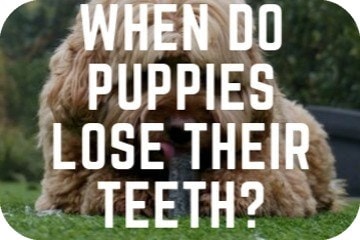
When do puppies lose their teeth? 14-30 weeks. Teething can be a long and stressful process for both the puppy and its owner. Throughout the teething process, the pup will try to nibble, gnaw, and bite anything in plain sight. Therefore, the owner needs to use behavioral training techniques and products to help control this at an early stage.
Busy? Get Your Hands Paws On The Answers Quickly…
- What Are The Stages Of Teeth Development In Puppies?
- What Are The Types Of Teeth In A Puppy And Adult Dog?
- How Can You Help Your Puppy During Teething Periods?
- FAQs
WHAT ARE THE STAGES OF TEETH DEVELOPMENT IN PUPPIES?
Puppies First Teeth
Puppies are almost always born without teeth. They begin growing temporary teeth (milk or baby teeth) around four weeks to help them wean milk from their mother. This can be an excruciating process for the pup, and you may begin to notice early signs of them nibbling, gnawing, and biting.
Losing The Baby Teeth
Ironically, puppies begin losing their baby teeth quicker then it took for them to come through. 3-4 weeks after their set of baby teeth come through, they will then start to fall out. You may find some of these baby teeth lying around, but in most cases, your puppy will swallow their baby teeth.
The Arrival Of The Molars
Approximately when your pup turns four months, the process of adult teething begins. The first set of teeth to come through are the molars. At this stage, it is a good idea to check in with your veterinarian nurse to discuss how many baby teeth are left (if there is any).
Puppies Teeth At 6 Months
When your pup turns six months old, they should have lost most if not all of their baby teeth. Generally, at six months, your puppy will be booked in to have a check-up with the veterinarian. The vet will be looking for any teeth that are growing out of place or causing the dog to overbite. Diagnosing these irregular teeth at this age is very important as they can be treated straight away to ensure no long-term damage occurs.
WHAT ARE THE TYPES OF TEETH IN A PUPPY AND ADULT DOG?
| Tooth Type | Puppy Age | Adult Dog Age |
| Incisors | 4-6 weeks | 3-5 months |
| Canines | 5-6 weeks | 4-6 months |
| Premolars | 6 weeks | 4-5 months |
| Molars | None | 5-7 months |
Incisors
These are the small shaped teeth found a the front of your dog’s mouth. The incisors are used similarly to a scraping tool. They use these teeth to scrape meat off of bones or to groom themselves. Dogs usually nibble at their fur using their incisors to remove any fleas or ticks that may be irritating them. An average dog will have 12 incisors in total, six on the bottom and six on the top.
Canines
These are the long and sharp shaped teeth at the front of the dog’s mouth, just behind the incisors. The canine teeth are used to shred tough food apart into smaller pieces, thus makes it easier to chew and swallow. Also, if your dog wants to have a firm grip on a toy or chew, they will lock the canines together, making it very difficult for its owner to release the toy/chew. An average dog will have four canine teeth, two on the top and two on the bottom.
Premolars
These are used to chew the food once had been made into smaller pieces by the canine teeth. The premolars are found towards the back of the mouth, behind the canines. At times, you will see a dog chewing a bone at the side of its mouth. In this case, the dog is using its premolars to shred and eat any meat from the bone. An average dog has 16 premolars. Eight on the top and eight on the bottom.
Molars
These are flat and heavy-duty shaped teeth. They are used to break down and chew harder types of food, such as biscuits and kibble. The molars are found at the very back of the mouth behind the premolars. An average dog will have ten molars. Four on the top and six on the bottom.
HOW CAN YOU HELP YOUR PUPPY DURING TEETHING PERIODS?
Chew Toys
There are a wide variety of different chew toys for puppies. They come in different shapes and sizes. If you’re choosing one for your puppy, I will choose one that is not too big and allows them to fit their mouth around it. Another chew toy that works well for teething is fillable toys. They allow you to fill the inside of the toy with treats or spread. I have found that peanut butter works the best. Here are some options of teething toys that work best, click the link for more info;
- Log (This is our favorite – Click here)
- Soft Teething Ring (This is our favorite – Click here)
- Kong Fillable Toy (This is our favorite – Click here)
Home Remedies
There are several things you can use in your house to help sooth your dogs teeth. A very popular homemade toy is to wet and twist a tea towel. You can tie 2 or 3 together and then place them in the freezer. Another option is to freeze carrots and replace your existing treats with small chunks too frozen carrot. Finally, putting ice cubes in your dogs’ bowl of water will also help.
Tips And Tricks
Declutter
By this, it doesn’t mean removing everything from the house. Quite simply, pick up anything off the floor or from a height that your puppy will be able to reach. Especially shoes! It is a good idea to remove these teething toy options from your pup at an early age. You certainly don’t want these bad habits to become consistent.
Training Tips
If your puppy begins nibbling or biting on fingers and arms, you should place a teething toy in their mouth straight away. This will allow them to continue chewing or biting without causing any harm or injuries. This next tip is essential; if your pup becomes too vigorous with their nibbling or biting, the owner should let out a scream or high pitched noise. This is a way of showing the puppy that they’ve crossed the line. Their siblings would of let a similar sound out if they’re playing went too far.
Why does my puppy bite me all the time?
This is probably to do with the fact they’re teething. They are in pain and want to reduce some of that by biting down on something. To help overcome this, replace your body part with a chew or toy. Also, when they decide to chew a toy, make sure you praise them for doing so.
Do puppies swallow their puppy teeth?
More often than not. Your puppy will most likely swallow their baby teeth when they fall out. On rare occasions, you may find them lying around the house.
Is it ok for a puppy to sleep in bed with you?
Yes. Although it’s ok for your puppy to sleep with you, it’s sometimes not the best option. If they start their life off by sleeping next to you, they will want to continue to do so throughout their lives. If you want your own space, it’s a good idea to keep the dog out of bed but close enough to listen to throughout the night, in case a wee run is needed!
Looking for more pawsome posts? Check these out…
Can Dogs Eat Lettuce?
How To Make A Snuffle Mat
Why Do Dogs Bury Bones?
Can Dogs Eat Broccoli?
Can Dogs Eat Watermelon?
Disclaimer: Each dog is different, and every circumstance is different. All efforts have been made to provide accurate information. However, it is not provided by a qualified Veterinarian, Veterinarian Surgeon, or Behaviorist. The information provided is purely educational. The information should not be used as an alternative or substitute for medical care. If you have any health or medical concerns, contact a qualified Veterinary Surgeon or Veterinarian immediately.
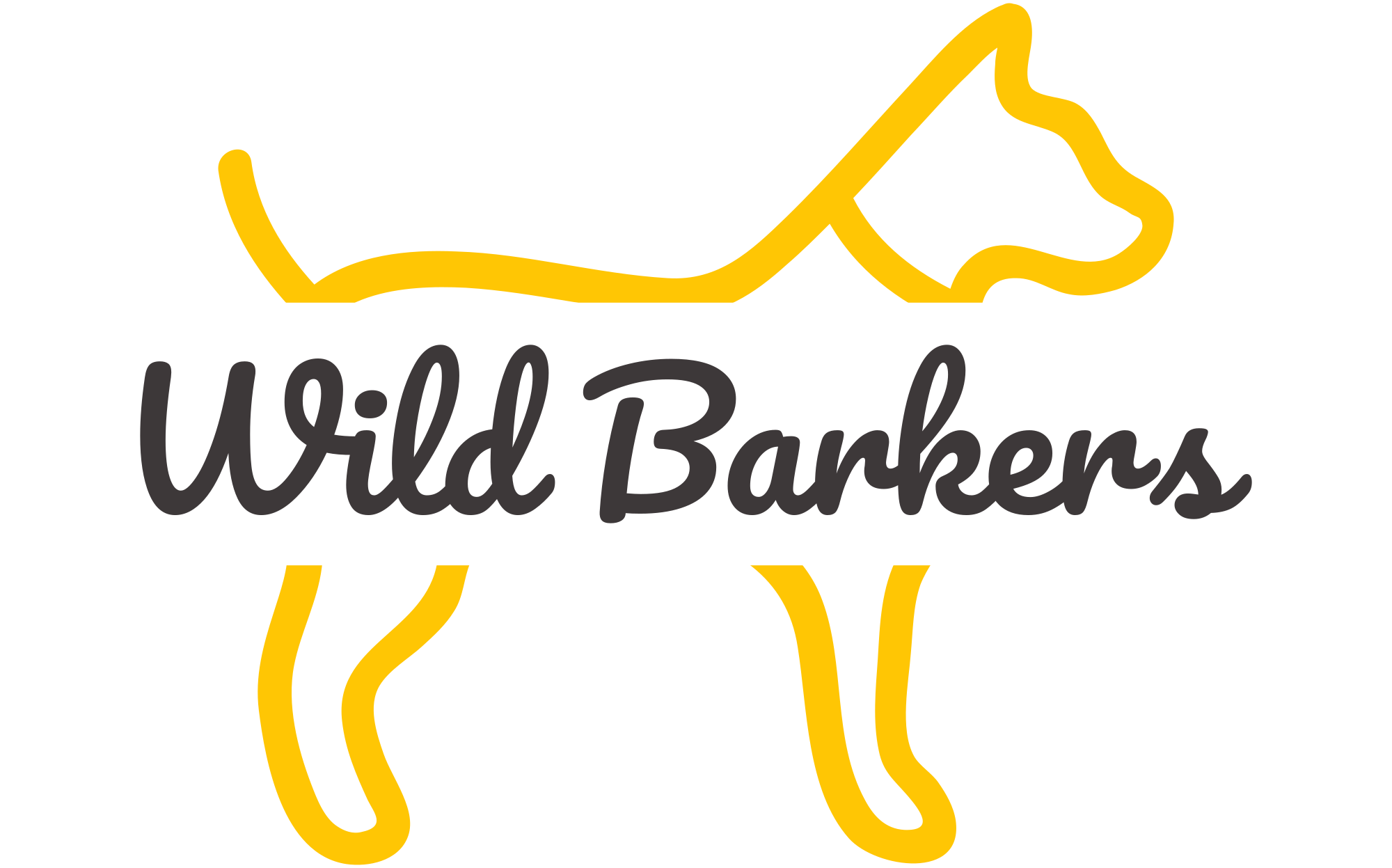




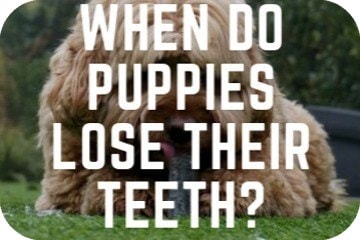


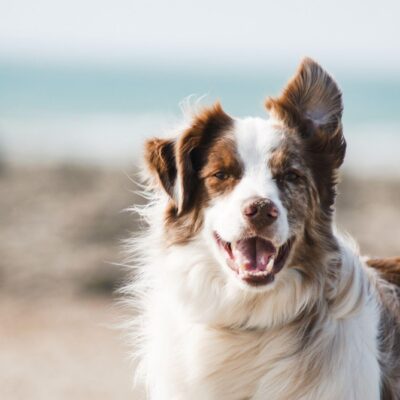
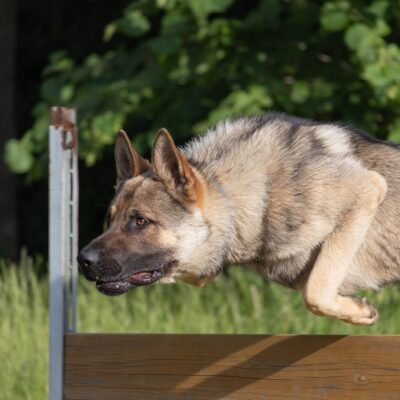
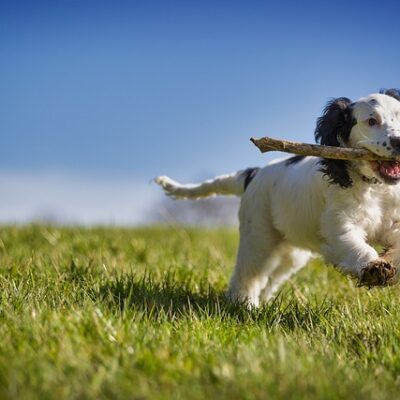
No Comment! Be the first one.